Colorado’s majestic wilderness has always been home to some of North America’s most remarkable mammals. But beneath the stunning Rocky Mountain peaks and pristine alpine meadows, a quiet crisis is unfolding. From the smallest pika to the mighty Canada lynx, these extraordinary creatures are fighting an uphill battle for survival. The reasons are complex, interconnected, and more urgent than most Coloradans realize. Rising temperatures are shrinking the cold habitats pikas depend on, while sprawling development continues to fragment the forests that shelter lynx and wolverines. Add in wildfires, drought, and competition from expanding human activity, and the pressure on these rare species only grows. Scientists warn that without swift conservation measures, Colorado could lose some of its most iconic wildlife within a generation. These mammals are more than just part of the scenery—they’re vital threads in the state’s ecological fabric. Their struggle is a warning sign that the health of Colorado’s wild places is hanging in the balance.
The Black-Footed Ferret: North America’s Rarest Mammal
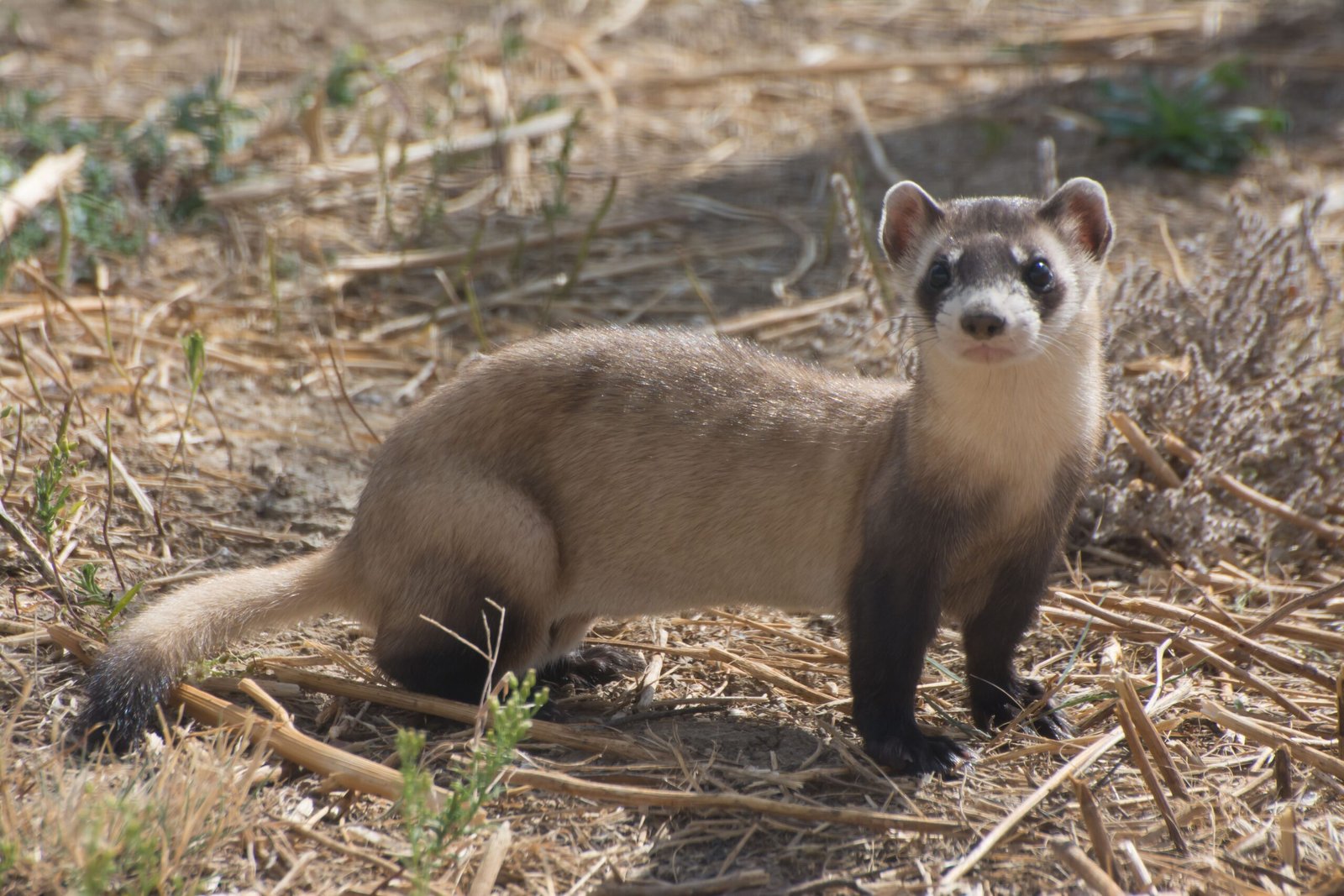
Black-footed ferrets are the rarest mammal in North America. These elusive creatures have an almost mythical quality – they were thought to be extinct not once, but twice. The species was reintroduced to Colorado in 2001. Before our recent reintroduction efforts, they had been absent from Colorado since the early 1940s.
Their story reads like something from a wildlife thriller. A small population was found in Wyoming in 1981, resulting in eight breeding ferrets; all black-footed ferrets are now descendants of those individuals. Think about that for a moment – every single black-footed ferret alive today can trace its lineage back to just eight individuals. Their population was depleted by disease and loss of habitat. Since their reintroduction, biologists have worked tirelessly to establish sustainable populations, but the ferret’s future remains precarious.
Kit Foxes: Vanishing from the Eastern Plains

Kit fox are one of the state’s most endangered mammals. They have been a protected species in Colorado since 1994. These diminutive desert dwellers face a perfect storm of threats that’s slowly squeezing them out of existence. Conversion of the kit foxes’ native grounds to agriculture and development usage has resulted in a loss of habitat. Predation by coyotes, road-kill, trapping, shooting, and predator poisoning are the main causes of mortality for the foxes.
What makes their situation even more challenging is their size and behavior. Kit foxes are the smallest fox species found in North America, and they typically weigh between 3.5 and 6 lbs. They like to venture out of their dens around sunset and hunt kangaroo rats, rabbits, and prairie dogs for prey. Their small stature makes them vulnerable to larger predators, while their specialized diet ties them closely to specific habitats that are disappearing across Colorado’s eastern plains.
American Pikas: Climate Change’s Canaries in the Coal Mine
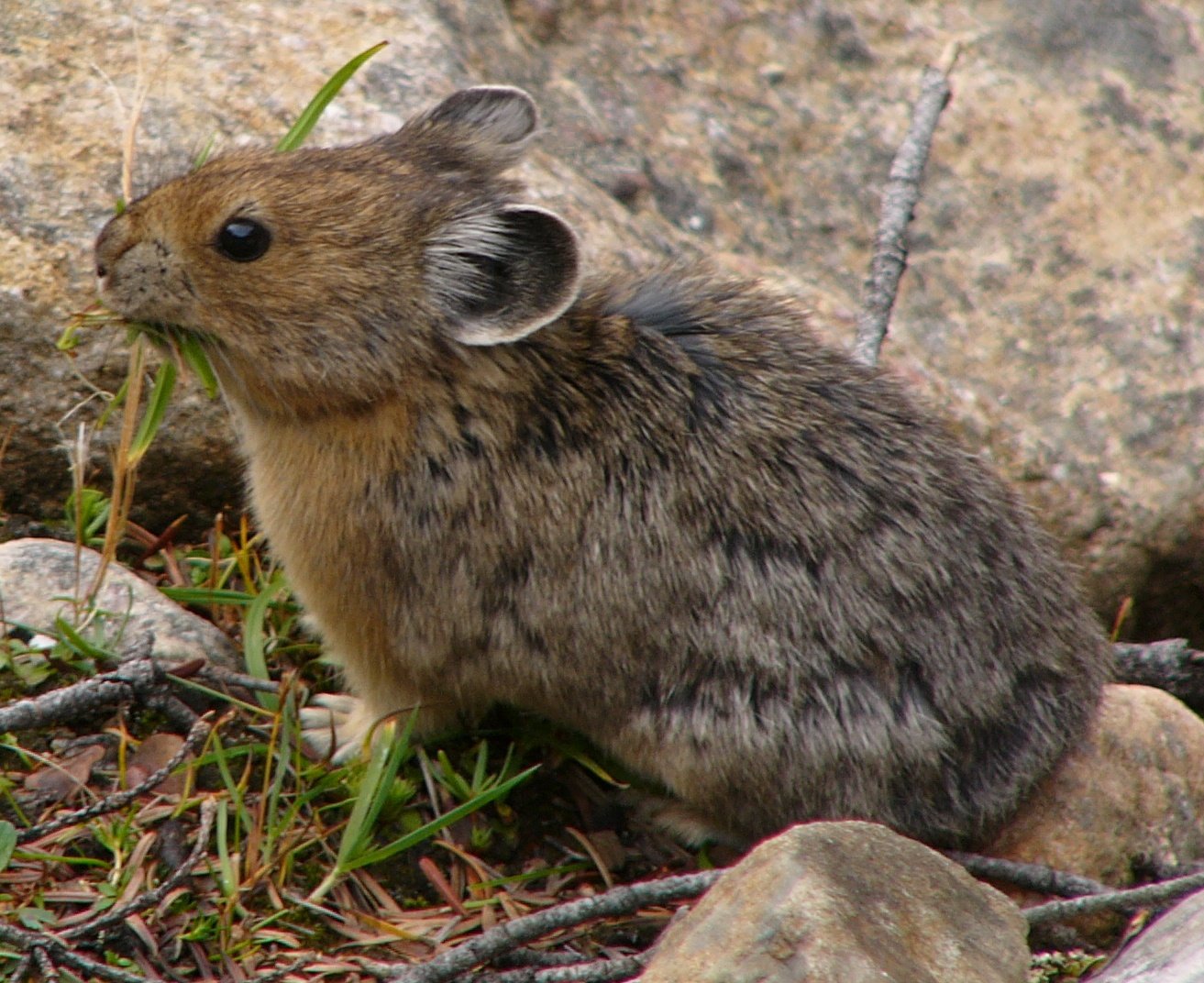
High in Colorado’s alpine regions, a different kind of drama is playing out. Similar to polar bears, American pikas have been making news as an indicator species for climate change. Colorado’s pika population is currently stable, but scientists and wildlife managers are increasingly concerned about their future. These tennis ball-sized relatives of rabbits are incredibly sensitive to temperature changes.
The traits and behaviors that make it possible for pikas to survive the harsh alpine without hibernating also make them susceptible to rising temperatures and declining snowpack. All that constant work, combined with a high body temperature, make it easy for pikas to overheat on hot days. The situation is so dire that researchers predict catastrophic population losses. In Colorado’s Rocky Mountain National Park, researchers found that pikas could be effectively gone from the park by 2100 if climate change continues unabated.
Canada Lynx: Struggling in a Warming World
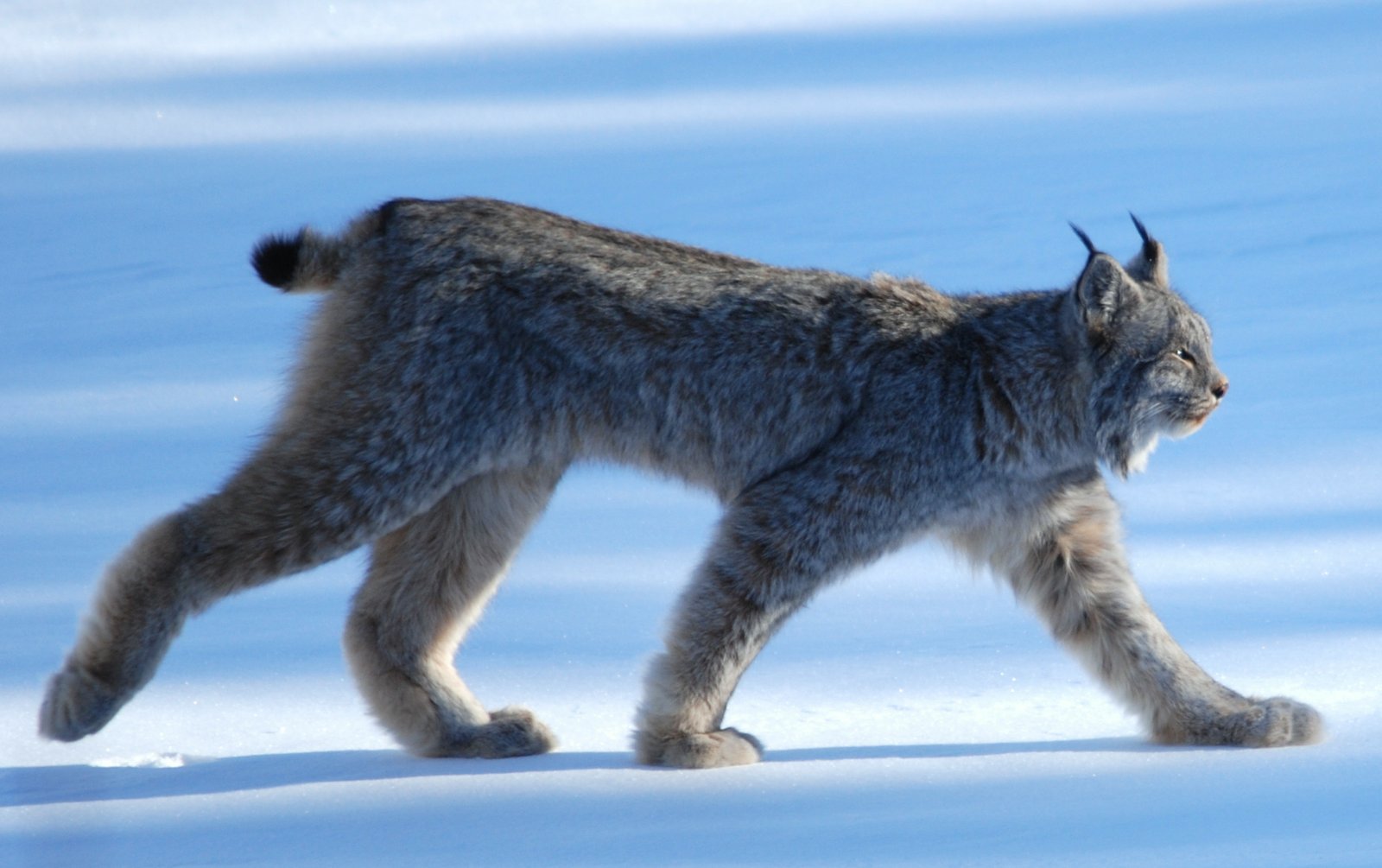
The Canada lynx represents one of Colorado’s most ambitious conservation stories, but it’s also one fraught with ongoing challenges. Lynx were eradicated from Colorado by about 1973. In 1999 an ambitious program of lynx restoration began in the remote San Juan Mountains, and by 2006 a total of 218 animals had been released. Despite these heroic efforts, Sightings of this animal remain extremely rare.
Canada lynx depend on snowy forests with dense understory for hunting and shelter, where their primary prey, snowshoe hares, thrive. In Colorado, these habitats are limited to small, scattered areas on mountain slopes, making lynx especially vulnerable to wildfires, development, and climate change. Recent research reveals the precarious nature of their existence. Wildfires: High-severity wildfires pose the greatest threat to lynx habitat, destroying the forest understory that lynx rely on for hunting and shelter. Only 5% of likely habitat has been impacted to date, but the annual risk of wildlife is elevated due to climate change, and recovery from such fires can take decades in Colorado’s subalpine forests.
Boreal Toads: Disappearing from High-Altitude Wetlands
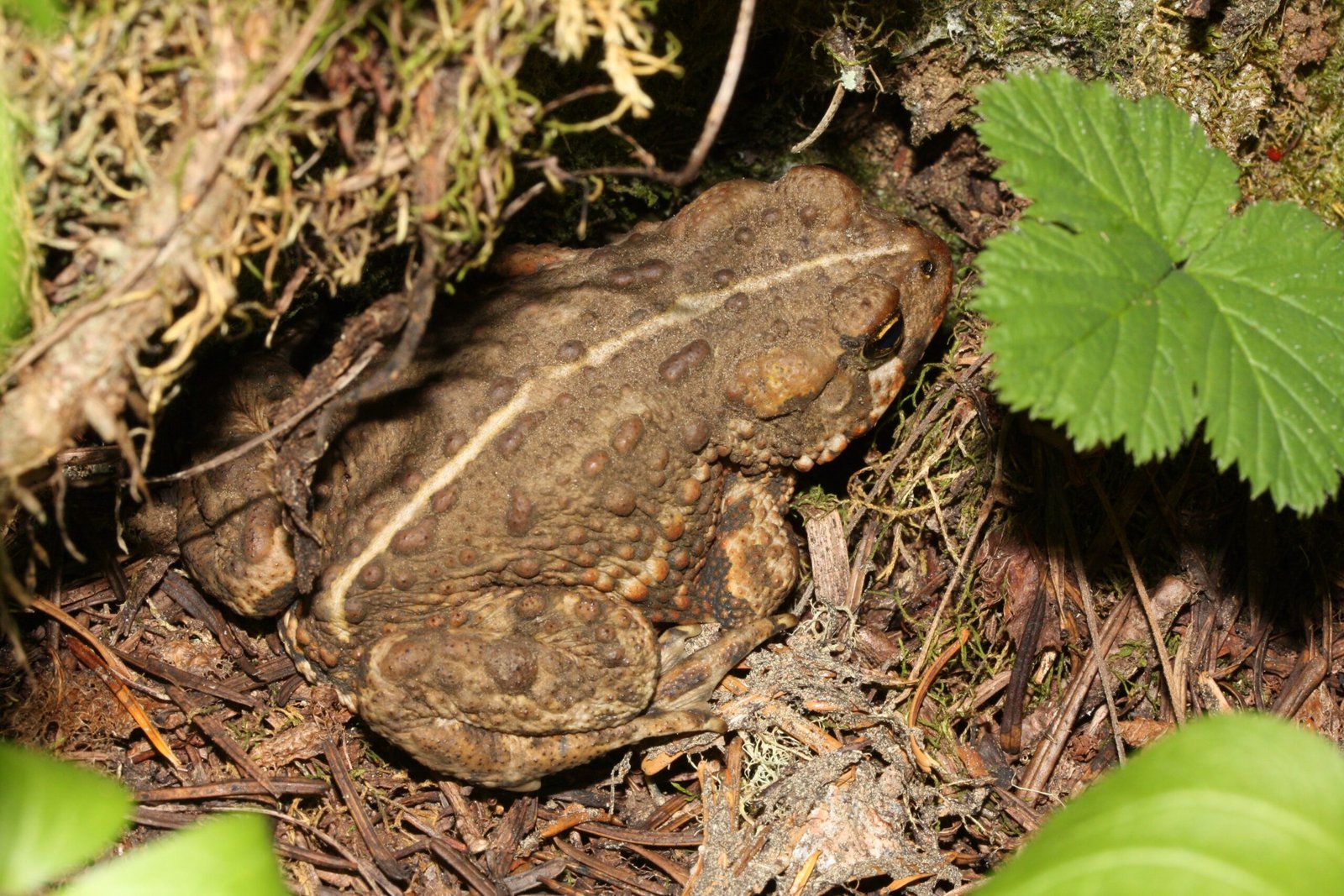
Right at home in the rugged mountains of Colorado, boreal toads were once widespread across our state. However, since the 1980s, this unfroggettable creature has been disappearing from its historic high-elevation habitat. The statistics are sobering – by 1989, they were absent from 89% of their historical breeding range in the state of Colorado.
The primary culprit behind their decline is both microscopic and devastating. The main cause of decline is the amphibian chytrid fungus, a skin fungus which has also attacked many other amphibian species worldwide. The declines appear to be related to infection by the chytrid fungus Batrachochytrium dendrobatidis (Bd), which can cause a disease with a very high mortality rate. This fungus essentially suffocates the amphibians by interfering with their ability to absorb water and oxygen through their skin. Because of declining populations, Colorado listed the boreal toad as a state endangered species in 1993.
Rocky Mountain Bighorn Sheep: Disease and Habitat Pressure

Colorado’s iconic bighorn sheep face a complex web of challenges that have made recent years particularly difficult. In last year’s report, Holland referred to 2023 as the worst year for Rocky Mountain bighorn sheep herd health in over a decade in Colorado. This is the worst report I’ve had the misfortune of giving in the decade-plus that I’ve been doing this. This is our worst year for herd health in over a decade for bighorns in Colorado.
The situation improved somewhat in recent reports, but challenges persist. In 2024, despite steady populations, disease concerns continued to be prevalent in many of the herds, including several “Northern Front Range herds” located north of Interstate 70. All of these herds have suffered from all-age mortality events related to a “triple whammy” of three respiratory pathogens impacting the herds. Adding to their woes, Domestic sheep and goats pose one of the biggest threats to wild bighorn sheep health. Contact between domestic sheep and bighorn sheep increases the probability of respiratory disease outbreaks in bighorn sheep.
Mountain Goats: Balancing Act in the High Country
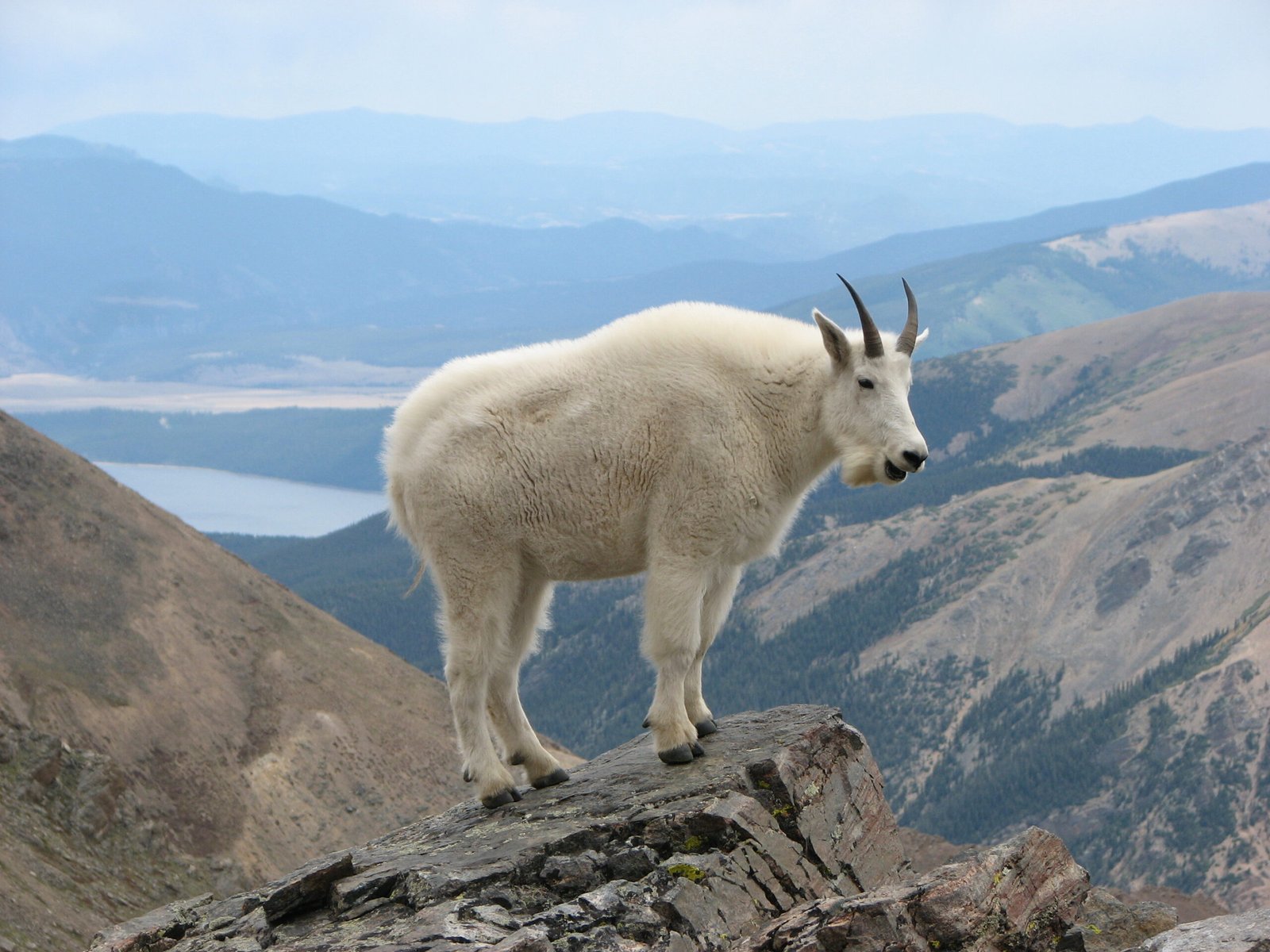
Colorado Parks and Wildlife estimates that its mountain goat population – deliberately introduced to the state in 1948 – is around 1,500. While this might sound like good news, the reality is more complex. This is relatively stable following a 10- to 15-year period where the agency intentionally reduced the mountain goat numbers to “reduce competition with high-priority bighorn sheep and to minimize damage to sensitive Alpine plants.”
Mountain goats weren’t originally native to Colorado, which creates ongoing management challenges. Mountain goats compete for forage and can transmit pathogens to bighorn sheep, so we keep mountain goat populations lower in some places to benefit sympatric bighorn sheep. It’s a delicate balancing act – managing an introduced species that has adapted well to Colorado’s high country while protecting native species that were here first.
River Otters: A Conservation Success Story with Ongoing Challenges
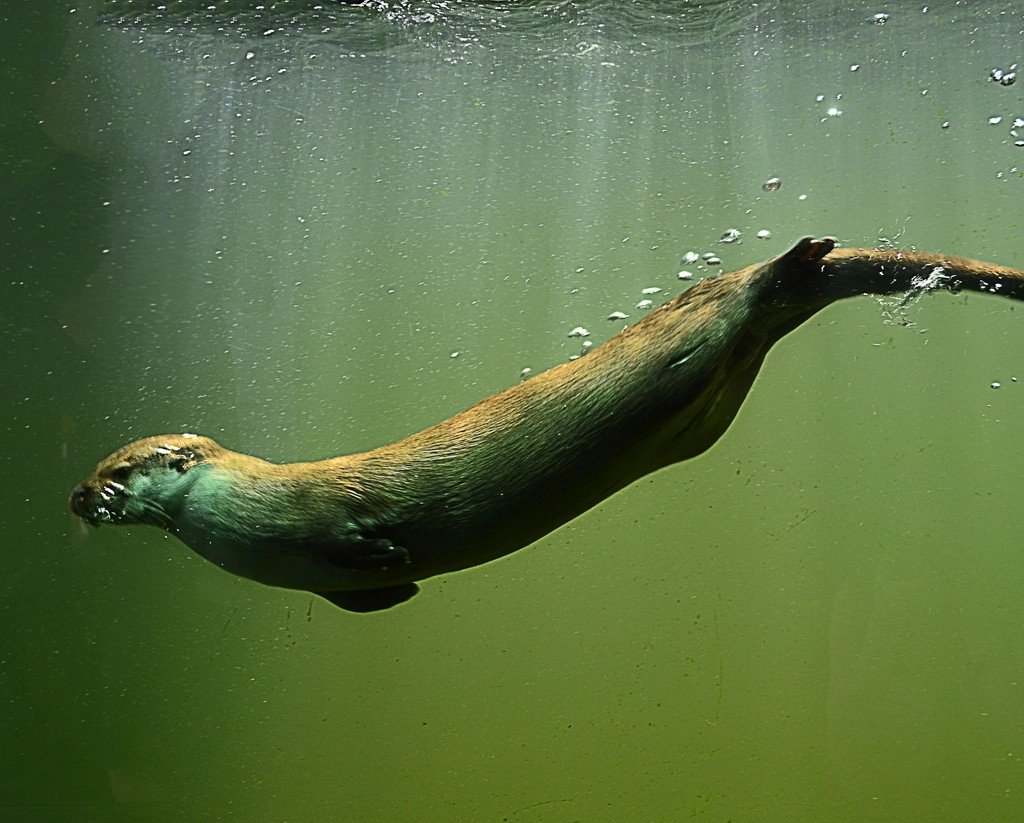
Not all of Colorado’s rare mammal stories are tales of decline. River otters were once so rare in the American West that there was a real concern they’d eventually become extinct. But in the 1990s, 120 young otters were released in the state to revive their sparse numbers. By all accounts, the effort was a massive success, and there are thought to be hundreds of wild river otters living in Colorado today.
However, their recovery doesn’t mean they’re out of the woods. River otters require clean, fish-rich waterways and are sensitive to pollution and habitat modification. Climate change, ongoing development pressure along Colorado’s waterways, and the need to maintain healthy fish populations all contribute to the ongoing challenges these aquatic mammals face.
Habitat Loss and Fragmentation: The Root of Many Problems

Across all species, habitat loss emerges as a common thread in Colorado’s mammal conservation challenges. Gas and oil development has overtaken former land of the prairie chicken and mountain plover. Urban development has overtaken that of the burrowing owl. As Colorado’s human population continues to grow, wild spaces become increasingly fragmented.
This fragmentation creates what biologists call “edge effects” – where the boundaries between developed and wild areas create challenging conditions for wildlife. Animals need large, connected territories to maintain genetic diversity, find mates, and adapt to changing conditions. This ever-increasing encroachment into historic bighorn sheep habitat is pushing sheep into new and oftentimes rough, steep country that is non-traditional habitat. This constant activity by recreationalists has changed the sheep feeding and bedding habits, oftentimes making harvest success a lot tougher even with all the advancements in technology. Even recreational activities, though seemingly benign, can stress wildlife and disrupt critical behaviors like feeding and breeding.
Climate Change: The Accelerating Threat
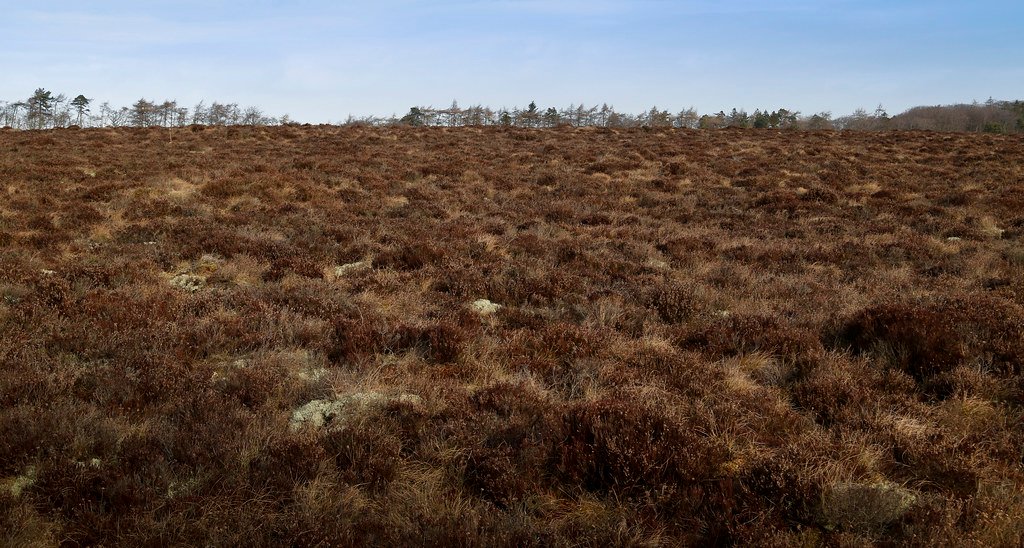
Perhaps no factor is reshaping Colorado’s mammal landscape more dramatically than climate change. The state’s climate has warmed substantially in the past 30 years, and all current climate model projections indicate that this trend will continue – to the point that typical summer temperatures in 2050 will be on par with the hottest summers Coloradans have experienced in the past century!
For species like the pika and lynx, these changes spell disaster. Climate change threatens the high-alpine home of Colorado’s pika. A lack of snow does not bode well for the lynx. The lynx’s dependence on deep snow for hunting snowshoe hares means that shorter winters and reduced snowpack directly impact their ability to survive and reproduce. Wolverines require deep snow for most of the winter and spring months to maintain a den for their young – something that the high terrain of Colorado has an abundance of. As climate change continues to lower the percentage of land that remains snow-covered into late spring, the wolverine habitat is threatened.
Conservation Efforts: Fighting Back Against Extinction
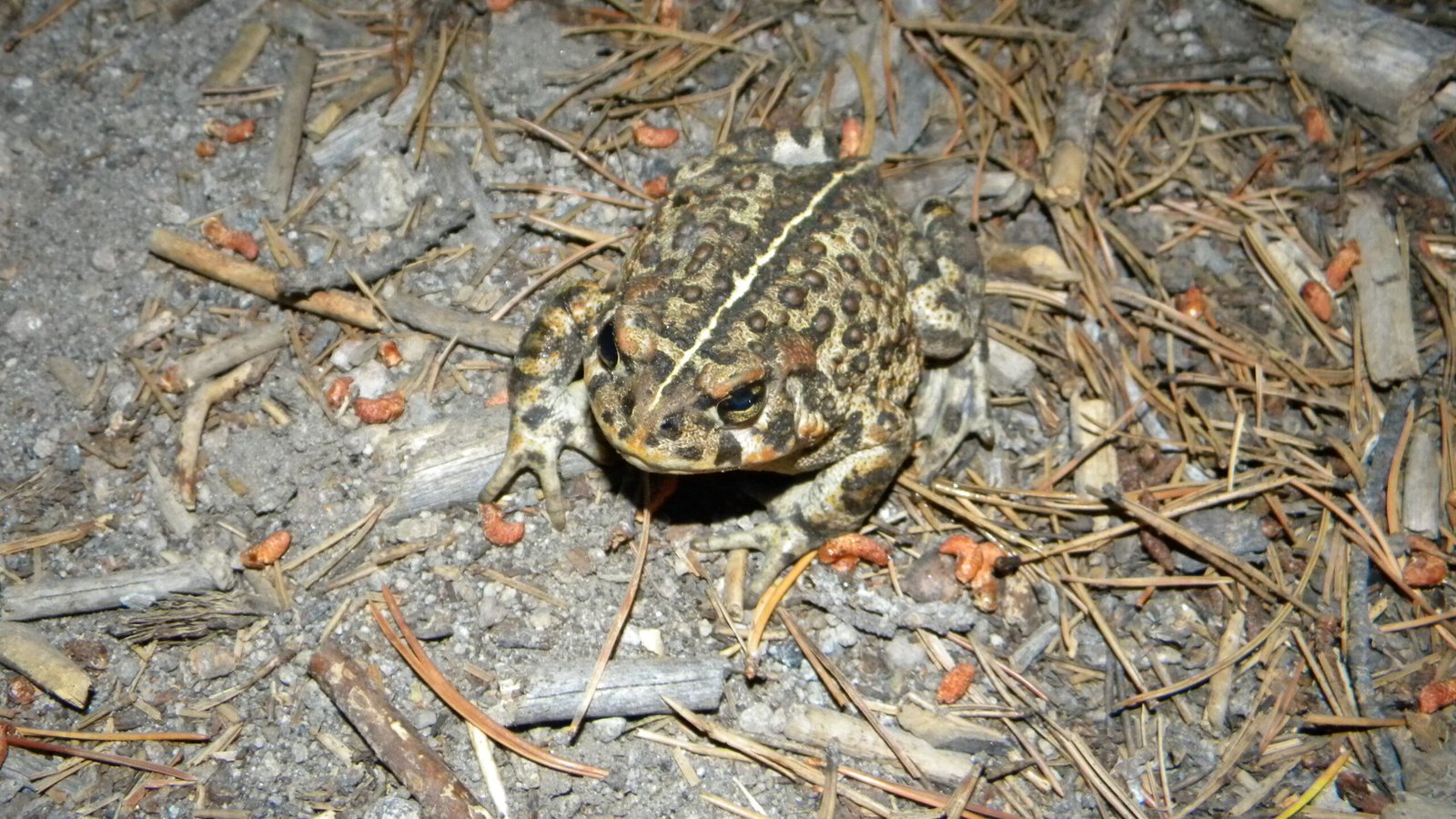
Despite the challenges, Colorado’s wildlife managers and conservation organizations are fighting back with innovative approaches and dedicated resources. The J. W. Mumma Native Aquatic Species Restoration Facility is dedicated to protecting and restoring threatened and endangered aquatic species native to Colorado. The facility, located near Alamosa, currently raises 12 species of threatened and endangered fish, including the federally endangered bonytail chub and other state species of concern. The facility also raises the endangered boreal toad.
For the boreal toad specifically, Reintroduction of boreal toads involves collecting eggs and raising tadpoles in CPW’s fish hatcheries and at the Native Aquatic Species Restoration Facility. Late-stage tadpoles (tadpoles that have started to grow legs) are released either into native boreal toad habitats or into ponds built specifically for boreal toad reintroduction. CPW closely monitors these reintroduced populations, tracking their progress and assessing the success of the program.
The collaborative nature of modern conservation is perhaps best exemplified by citizen science programs. Pollock was among dozens of volunteers training for the Front Range Pika Project last summer. For almost a decade, the Denver Zoo and nonprofit Rocky Mountain Wild have sent hikers to places where the rabbit-relatives have historically thrived. The goal is to gain a clearer picture of the pika population as Colorado warms, along with rest of the planet.
Colorado’s rare mammals are at a crossroads. While some species like river otters have made remarkable recoveries, others face an uncertain future as climate change, habitat loss, and disease create mounting pressures. The next decade will likely determine whether species like the pika and Canada lynx can adapt and survive in Colorado’s changing landscape. The fate of these creatures isn’t just about preserving biodiversity – it’s about maintaining the wild character that makes Colorado special. What legacy will we leave for the generations who come after us?



